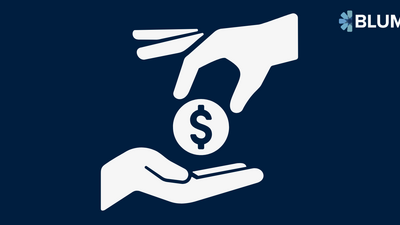(TL;DR) Keep Calm And Take The Road Less Travelled (A Three-Part Essay)
- Published
- Reading Time
- 2 minutes
The Indian VC-supported startup world doesn’t seem to have come to terms with an important eventuality – Venture cycle completions means companies going public and creating monstrously large public companies that are eventually the source of smaller acquisitions and exits. Without anyone attempting the former, the latter is tougher to achieve. Our best exits in the Indian ecosystem have been to foreign companies, that are (surprise surprise!) almost all public.
These essay notes were in draft mode for way too long – have been trying to push it out since Blume Day in Feb 2019. Got to a decent first cut in July but didn’t deliver the final push until today.
A lot has transpired in the interim – the drama of the public markets have unfolded elsewhere in the US. And the early murmurs have started in India – for founders who are wondering what all the IPO buzz is about from the startups making these recent noises – Ola, Oyo, Paytm (the Softbank lot), Snapdeal, Pepperfry, Quikr (and many others who’ve made public statements recently), it’s time to wake up and smell the coffee – the LPs who’ve funded most of the VC-boom since 2005 in India are asking the multi-billion dollar question “When the hell are your cash on cash return cycles going to be completed?”
So far, a few large acquisitions and secondaries have supported the exit cycles – this is a market anomaly – from my limited knowledge, no legendary Fund Vintage cycle is created without enough quality IPOs.
I’ve tried to capture the need for great companies and their founders to have a “listability” mindset (a state of mind that’s not easy to parachute mid course – it takes a long time to prepare for a sustainable public company).
Summarising this into a few points (if the three parts are too long to read for some of you :-))
- At least 1 or 2 of 10 great exits have to be a sustainable listed business for greatness in venture capital cycles.
- Public markets will reward growth, disruptive companies and market share / dominance, but not without a semblance of path to profitability and sustainability.
- The ingredients of a listable mindset are NOT “parachute-able” at a late stage of a company – it’s something that a Founder either has from Day 1 or has an incredible desire to learn – even though it may take 5-10 years before the milestones for a public listing preparation even begin.
- Even the best M&A’s will be witnessed by companies that are best built as if they were preparing for a listed existence.
- These points are especially true for funds that manage 100’s of millions of dollars in each fund cycle and inevitably, most great founders want to raise from such Funds.
- Smaller funds can survive on secondaries and small acquisitions more easily for great Multiples of the fund in terms of returns and IRR perhaps but this is tough for larger funds to rely on.
- The best founders should outlive their investors’ fund lives in the company and the best companies should outlive their founders!






